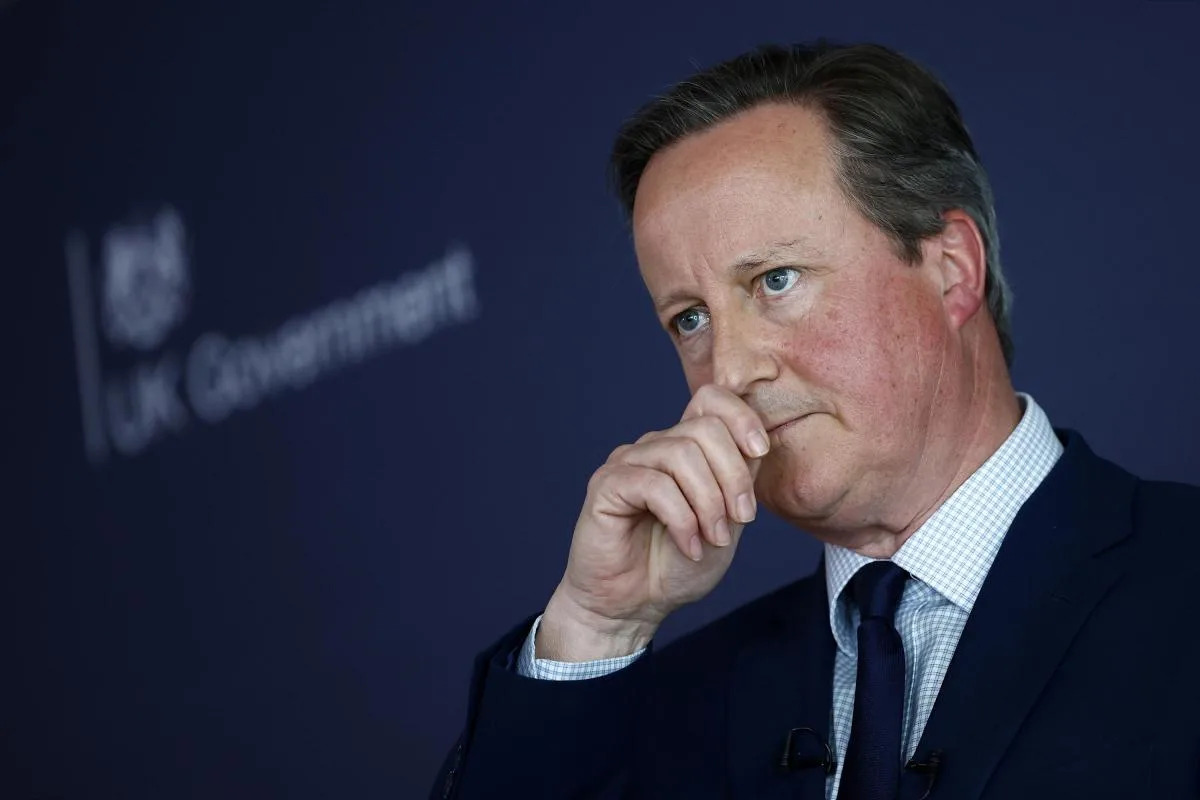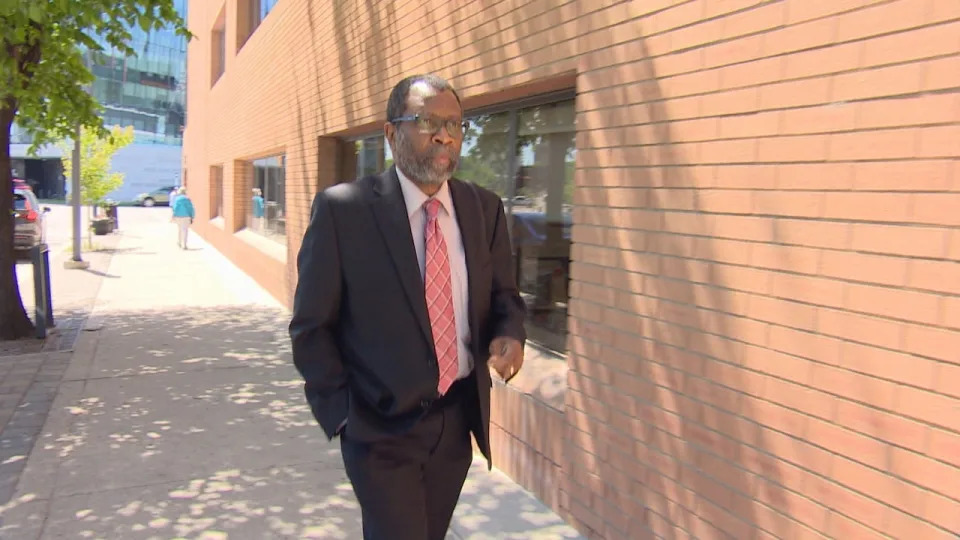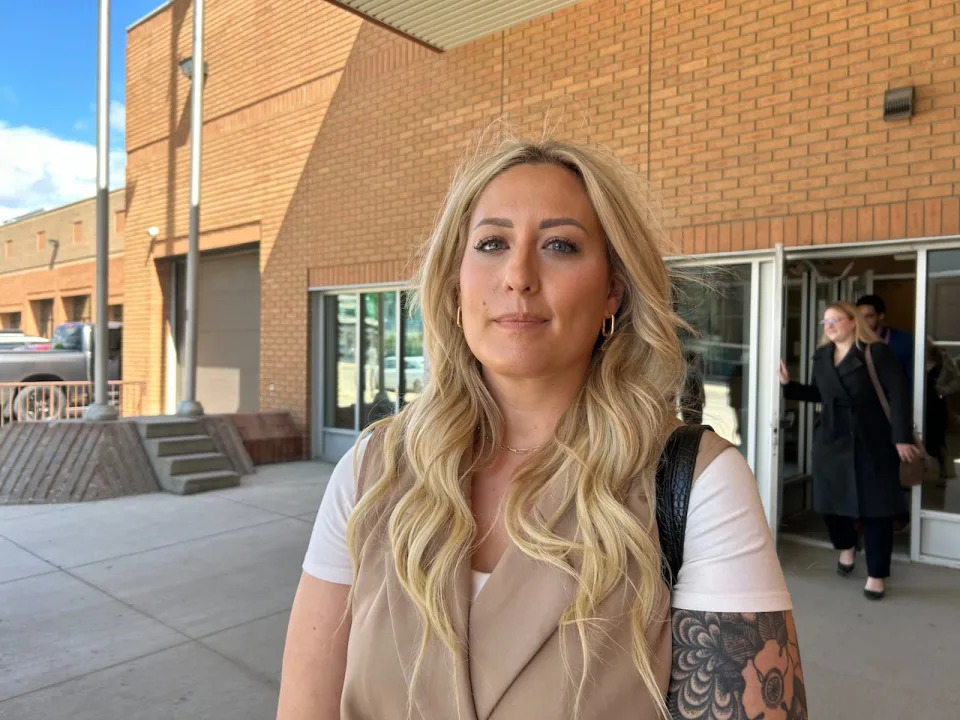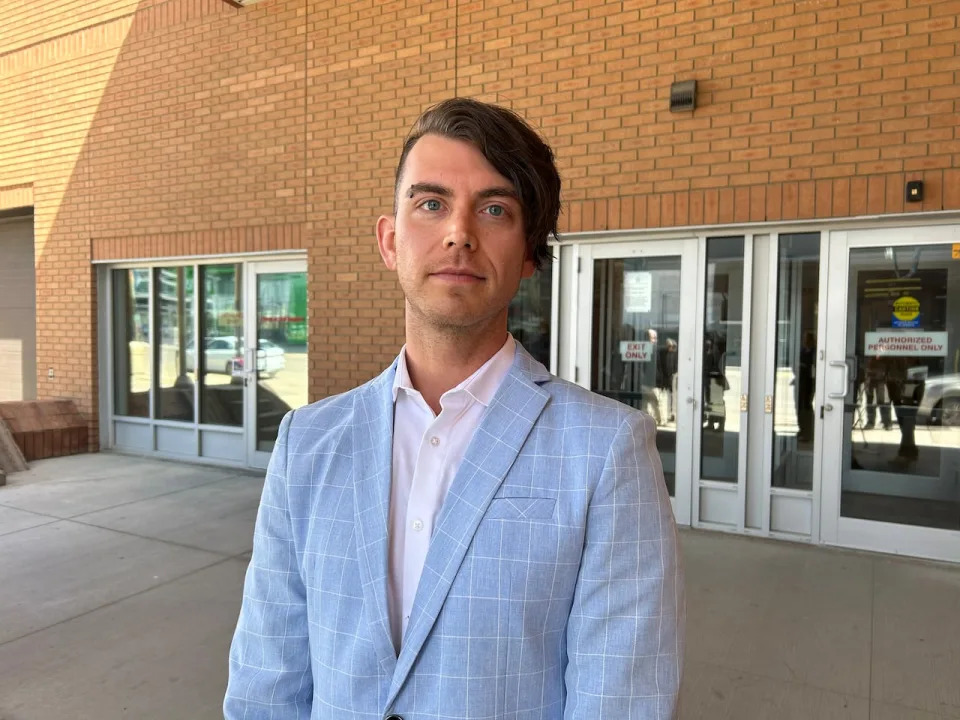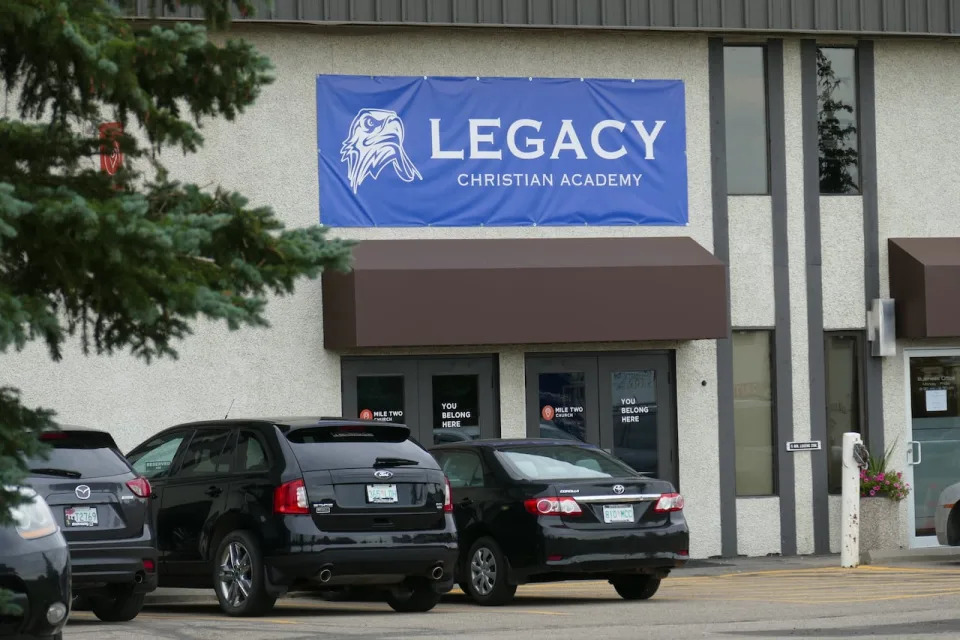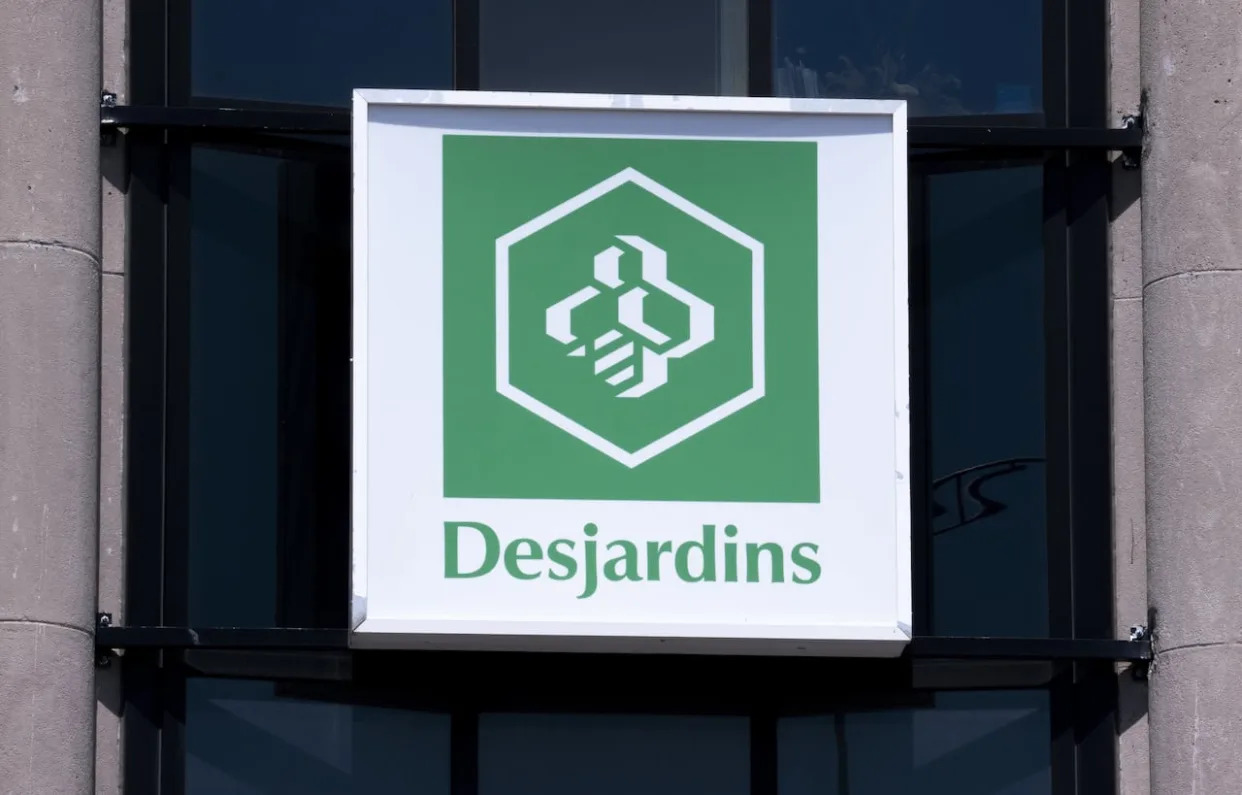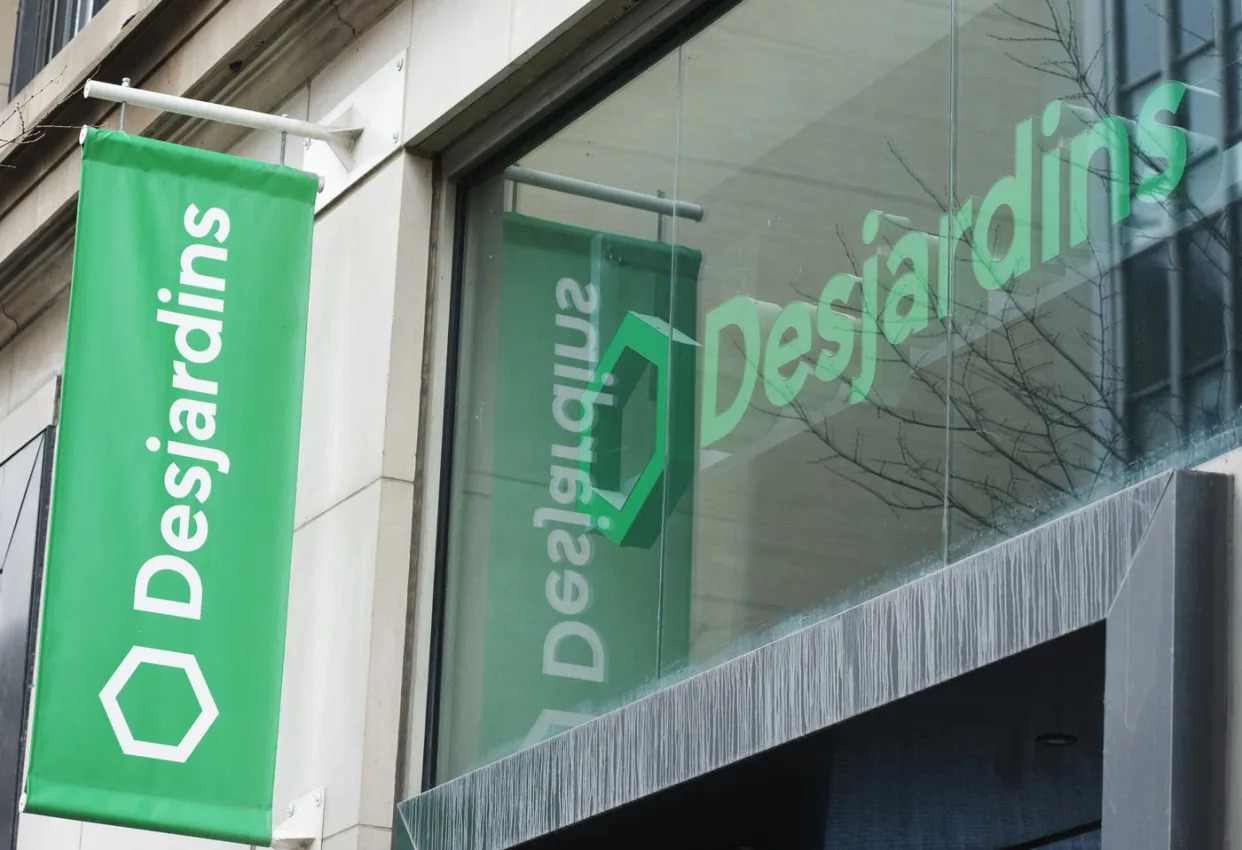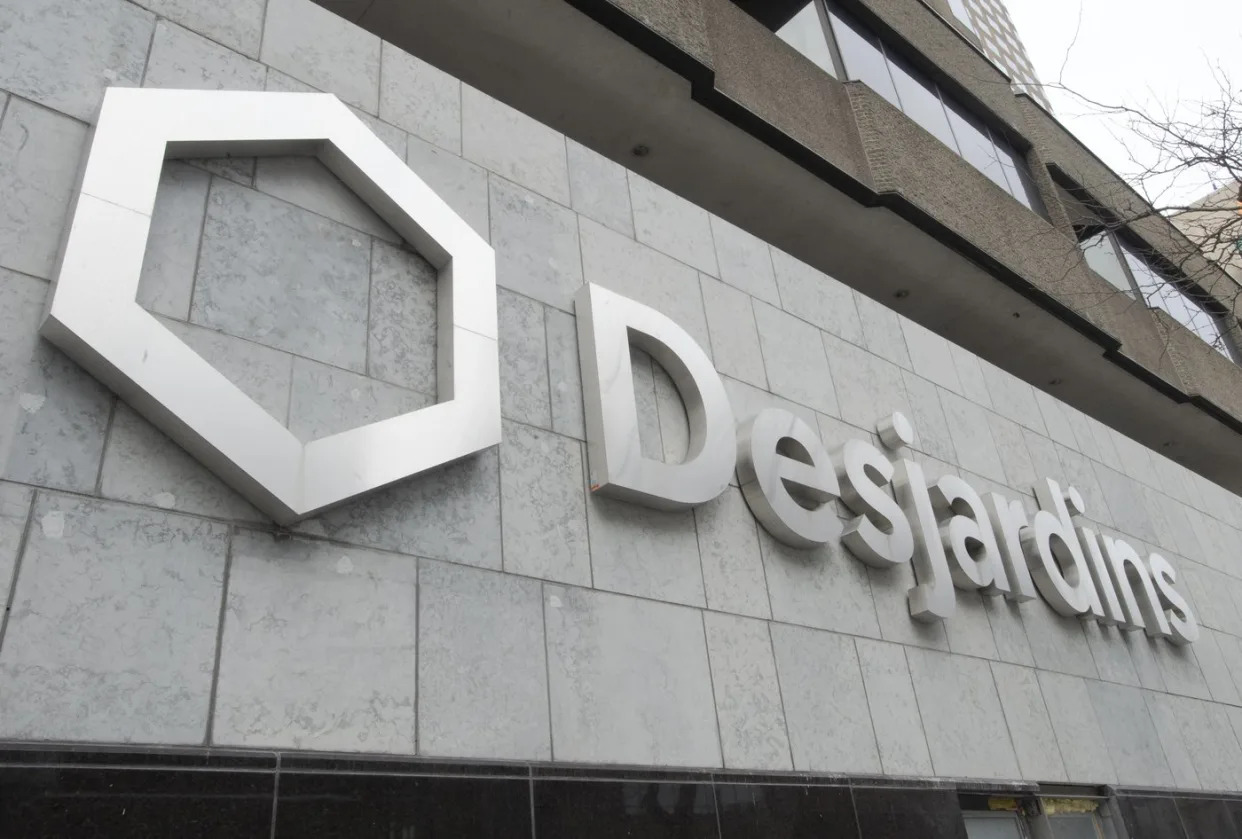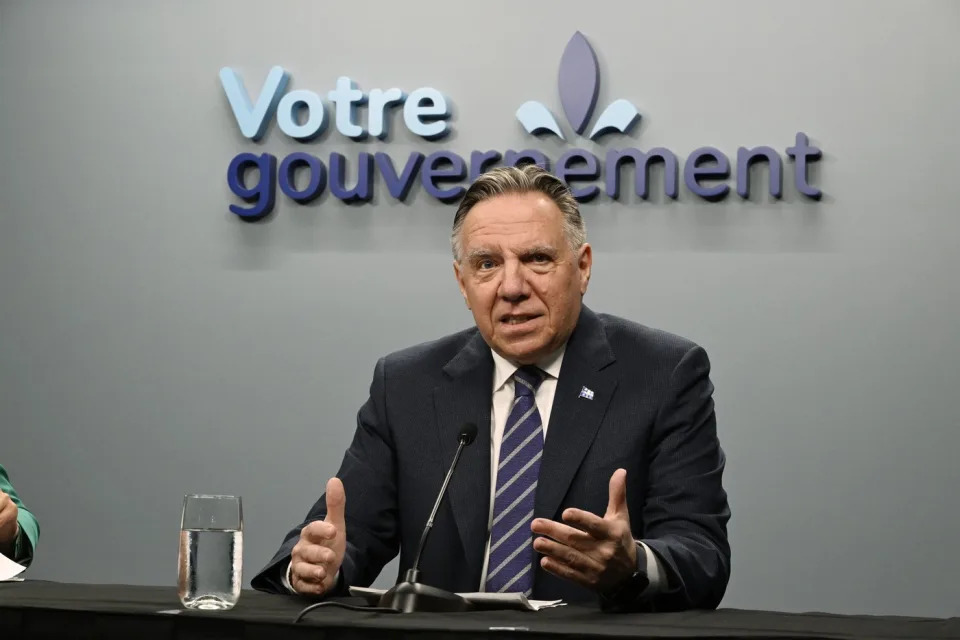FRIENDLY FIRE
Israel killed own citizens on October 7 in ‘Hannibal Directive’, UN claims
Nicola Smith
Thu, 13 June 2024

Israel is accused of 'harming Israelis at the same time as striking Palestinian militants' - GIL COHEN-MAGEN/AFP
The Israeli military likely killed more than a dozen of its own citizens during the October 7 attacks, a United Nations investigation has alleged.
The report by the UN commission investigating the attack on Israel and the subsequent war in Gaza documented “strong indications” that the “Hannibal Directive” was used in several instances that day, “harming Israelis at the same time as striking Palestinian militants.”
The directive – officially revoked in 2016 – was put in place to prevent the capture of Israeli soldiers by enemy forces who may use them as bargaining chips, allowing troops to open fire even if it caused the death of a comrade.
UN investigators, led by Navi Pillay, a former UN human rights chief, concluded that at least 14 Israeli civilians, including 12-year-old twins and a 68-year-old grandmother, “were likely killed as a result of Israeli security forces fire.”
These specific accusations have not yet been addressed by Israel, but the government angrily rejected the overall report, which accused both Palestinian groups and Israel of committing war crimes. The UN panel also claimed Israel’s conduct of the war included crimes against humanity.
The Israeli government said the report was “reflective of the systematic anti-Israel discrimination of this commission of inquiry”, noting that it had ignored Hamas’s use of civilians as “human shields”.
It has also criticised the commission for “outrageously and repugnantly” drawing a false equivalence between Hamas and the Israeli military in relation to sexual violence.
The report examines both Hamas’s actions on October 7 and Israel’s military response in Gaza and provides legal analysis that could be used in future criminal proceedings.
The UN commission was denied access to Israel, Gaza and the West Bank and said Israel did not respond to six requests for information. It based its conclusions on remote interviews with survivors and witnesses, satellite imagery, forensic medical records, and open source data.
Buried in the detail are several examples when Israeli civilians may have been intentionally targeted by their own armed forces on the day thousands of armed Hamas terrorists violently attacked the Nova music festival and Kibbutz settlements near the Gaza border.

Hamas attacks on October 7 overwhelmed many of Israel's defences - AMIR LEVY/GETTY
The investigation’s conclusions on this question, much of which is derived from local media, refer to a video statement by an IDF tank crew which “confirms that at least one individual tank team knowingly applied the ‘Hannibal Directive’ that day.”
It adds: “In a statement given to an Israeli news channel, a tank driver and commander stated that they targeted two Toyota vehicles with militants and Israelis. This occurred at point 179, close to Kibbutz Nir Oz.”
The commander, who believed his troops could be on the vehicles, was quoted as saying: “I prefer stopping the abduction so they won’t be taken,” although he adds that, to his knowledge, he did not kill any soldiers.
Much of the information at the centre of the “Hannibal Directive” accusation stems from the death of Efrat Katz, 68, some 150m from the Gaza border, and another 13 Israelis who were “likely” killed either by tank shelling or caught in the crossfire after being trapped by terrorists in the house of Pessi Cohen in Kibbutz Be’eri.
In their account of the Be’eri incident, investigators say that about 40 terrorists brought 15 civilians, including twins Liel and Yannai Hetzroni, aged 12, into the house of local resident Pessi Cohen, leading to a standoff with the Yamam police counter-terrorism unit and the IDF.
At 3pm, Hasan Hamduna, the terrorists’ leader, called the Yamam through one of the female hostages, threatening to execute all the abductees unless they were given safe passage to Gaza.
At 4pm, the first large IDF contingency, led by Brig Gen Barak Hiram, arrived at the site.
According to the testimony of a surviving hostage, the Yamam commandos opened fire on the terrorists while seven hostages were in the yard, trapped between them, the report says.
Hamduna surrendered at 4.30pm, approaching the Israelis while using the female hostage as a human shield. He was detained and the hostage told the ISF about the 14 hostages and 40 militants still inside the house.
Hamduna agreed to use a loudspeaker to tell the terrorists to surrender but an exchange of small arms fire and rocket-propelled grenades continued, killing two hostages in the yard.
‘Negotiations are over’
At about 5.30pm, the barricaded terrorists fired an RPG at the IDF troops and, according to the survivor’s testimony, at around 7pm, General Hiram allegedly gave an order to fire tank shells at the house.
A separate account in the New York Times in December recounted an argument between the general and a SWAT commander who thought more kidnappers might surrender.
“The negotiations are over,” General Hiram reportedly said after the terrorists launched an RPG. “Break in, even at the cost of civilian casualties.”
The Times and the UN report said that a tank fired two light shells at the house.
After the tank finished shooting, “the survivor reported hearing Israeli security forces saying: ‘there is an injured hostage’, and retrieved another woman from the house,” wrote the UN investigators.
“The second survivor who survived the shelling told media sources that her husband had died as a result of the shelling, while she was injured by the shrapnel.”
The 13 others were killed, although some died in crossfire in the yard.
The report refers to another media investigation that refuted some details by saying two warning shells were fired earlier in the day, followed by a decision by the IDF led by Yamam for a strike on the roof of the house that would “aim to end the situation.”
In the case of Efrat Katz, the investigators said they had “verified information indicating that at least one resident of Kibbutz Nir Oz was killed as a result of Israeli… helicopter fire as she was being abducted into Gaza” in a tractor cart.
According to her daughter’s testimony to the media, an exchange of fire erupted between the terrorists and the IDF, who were trying to stop them, and Katz was killed.
Military investigation
Another freed hostage from the same kibbutz witnessed the incident and said she heard the sounds of a helicopter in the air and of shooting.
“She realised that she had been hit by the gunfire and that Efrat had been hit too. She confirmed that Efrat died on the spot as a result of the helicopter fire.”
The Telegraph contacted the IDF for comment.
In January, the families of the victims demanded a military investigation of the soldiers’ actions in Kibbutz Be’eri that day, due to the suspicion that some civilians were killed by the army, including tank fire.
The families wrote in an open letter that they were “demanding the IDF carry out an in-depth and transparent investigation of the decisions and the actions that led to this tragic outcome.”
An IDF general staff team began a probe into the incident and General Hiram in February, said local media reports.
The IDF is conducting its own probe into both its failures in the run-up to the October 7 attacks and the battles over the next three days when it fought to restore control over the communities and army bases that had been invaded by Hamas, the Times of Israel reported.
The inquiry into the Be’eri incident and shelling of the Cohen family’s home is set to be presented in early July, while all battle investigations are expected to be completed by the end of August.
Separately, the Israeli government has discussed far-reaching measures against UN agencies operating in Israel and the Palestinian territories, including the possible expulsion of staff, reported the Financial Times.
Bubbling tensions spiked last week after António Guterres, the UN secretary-general, added Israel’s military to a list of countries and organisations that fail to protect children in conflict – a move the Israeli ambassador to the UN described as “shameful.”






